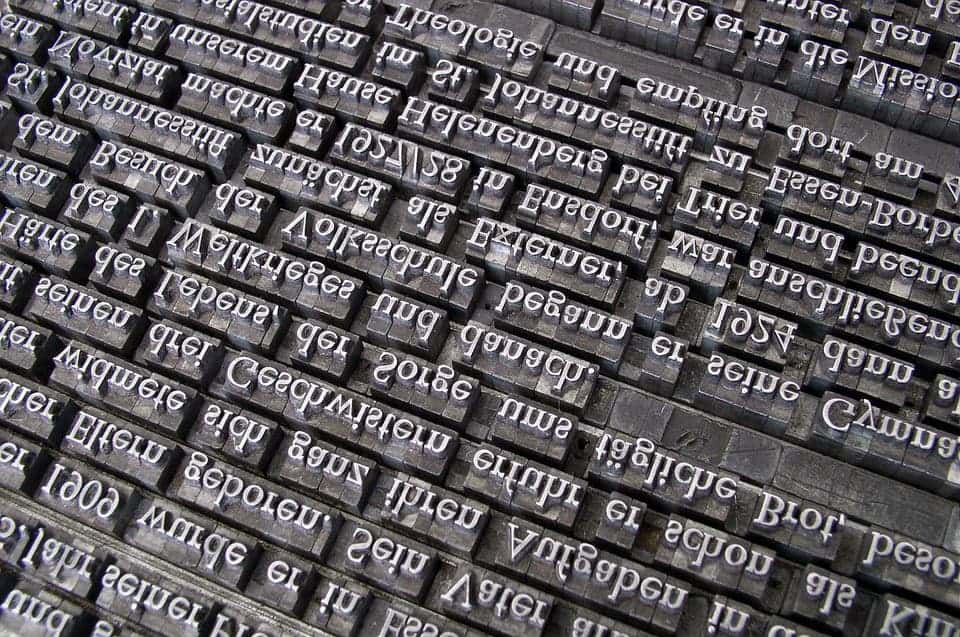The numbers on COVID-19 are often uncertain and based on imperfect assumptions. It’s an ever-changing situation that often involves uncertainty — but we’re better off communicating things that way.

Communicating science is rarely an easy job. In addition to “translating” complex data and processes into a language that’s familiar and accessible to all, there’s also the problem of data itself, which is often not clear-cut.
Experts and journalists have long assumed that if science communication includes “noise” (things like margin of error, ranges, uncertainty), public trust in science will be diminished.
“Estimated numbers with major uncertainties get reported as absolutes,” said Dr. Anne Marthe van der Bles, who led the new study while at Cambridge’s Winton Centre for Risk and Evidence Communication.
“This can affect how the public views risk and human expertise, and it may produce negative sentiment if people end up feeling misled,” she said.
But this might not be the case, a new study concludes.
The researchers carried a total of five experiments involving 5,780 participants, who were shown titles with varying degrees of uncertainty. The participants were then queried on how much they trusted the news.
The researchers report that participants were more likely to trust the source that presented data in the most accurate format, where the results were flagged as an estimate, and accompanied by the numerical range from which it had been derived.
For example: “…the unemployment rate rose to an estimated 3.9% (between 3.7%–4.1%)”.

uncertainty (A), trust in numbers (B), and trust in the source (C). Even as the trust in the numbers was lower, the trust in the source was slightly higher. Results were slightly different for some of the other experiments. Image credits: PNAS.
We’ve seen both before and during the COVID-19 pandemic how damaging scientific disinformation can be. Disinformation often presents things as certain and absolute, and science communicators are concerned about adding more uncertainty, and diminishing trust in science.
If this study is any indication, addressing uncertainty head-on might actually be better. At a time where scientific information and expertise is more important than ever, the researchers encourage communicators to consider their results.
“We hope these results help to reassure all communicators of facts and science that they can be more open and transparent about the limits of human knowledge,” said co-author Prof Sir David Spiegelhalter, Chair of the Winton Centre at the University of Cambridge.
Speaking of uncertainty and assumption, this is a limited sample size, and all the participants were British — there could be a cultural component in this case, and the results might not apply to a larger sample of people, or to people in other countries.
The results are intriguing nonetheless. Uncertainty cannot be avoided at this point in the COVID-19 outbreak, and we should become more comfortable in dealing with it.
Read the study in its entirety here.






